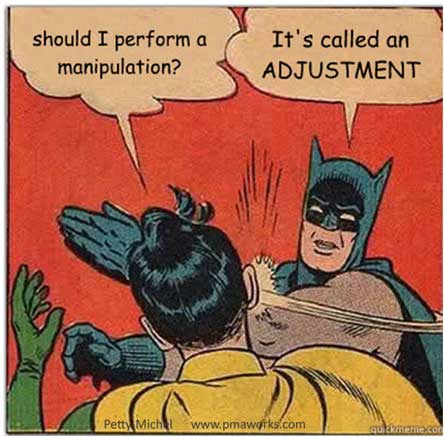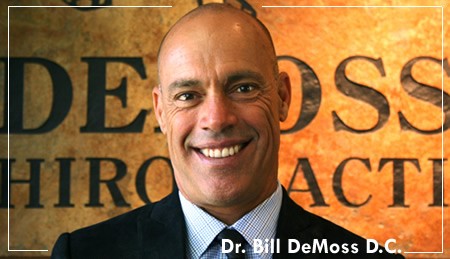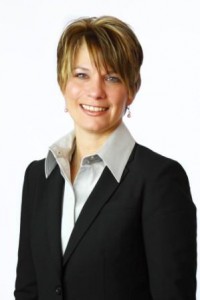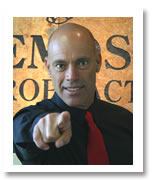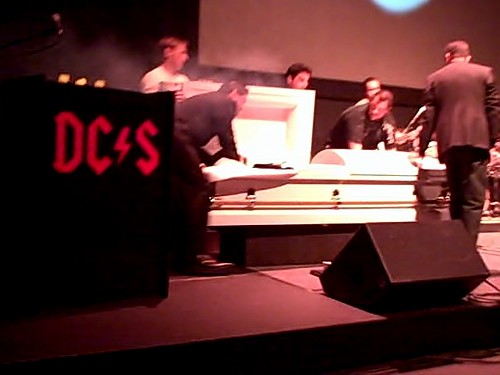
“Education is the most powerful weapon which you can use to change the world.”
(Attributed to Nelson Mandela)*
September is almost here, and soon the schools will be busy.
Since doctor means teacher, why not go all in on education and teaching this month?
BACK TO SCHOOL FOR THE KIDS
Support your teachers and the kids they teach.
This September, you can align your office with a local school and support other teachers and their students.
There are many approaches to this. You can call or visit a school and tell them you would like, along with your staff and patients, to make a contribution of some kind to a specific department or activity. These could be new uniforms for the marching band, art supplies, or supplies for the kids in need, like calculators, notebooks, and book bags.
You can also get the kids in for a back-to-school check-up and include a short workshop on backpack safety.
Whatever your plan is, promote it in your e-newsletter, on posters and handouts, and your social medial platforms.
You can also offer a special discount to teachers.
Staff often have great ideas and love to work on special projects like this. Get them involved!
While these types of promotions are not designed to generate boatloads of new patients, they can be fun, generate goodwill, and establish your business as a trusted community member. All of this supports your other marketing activities.
BACK TO SCHOOL FOR THE ADULTS
Because staff and doctor education is important, but not urgent, it is typically put on the back burner. This is true with many things, including patient care, where we focus too much on pain relief and not enough on correction, strengthening, and wellness.
Your Patients
As health professionals, you know that healthcare information in the marketplace borders on criminal. Corporations that produce soft drinks don’t warn about the harmful effects of high fructose corn syrup, “food” companies about the dangers of linoleic oil in cooking oil, or corporations that sell farm and lawn products about the toxins from weed and insect killers.
The benefits of chiropractic and non-corporate health care certainly aren’t promoted, and we have seen what happens to the M.D. s that speak out against the well-funded medical narrative.
Inform While You Perform, and in doing so, you help your patients become healthier and position your practice as a genuine HEALTH practice. Be a rebel, and educate your patients on health: corrective care, strengthening, care, nutrition, diet, exercise, and all the basics of good health that can’t be patented!
You and Your Team
The fall seminars are coming up! State conventions often have teachers that actually teach practical information! Schedule yourself for a weekend this fall… and take your staff.
Fall State Conventions. Staff education is more important than you might realize. First, they learn some valuable concepts and procedures. But beyond the obvious, investing in their education shows you recognize their value. They are an integral part of practice success and patient outcomes and are worthy of the investment. They also see that they are part of a larger profession – that there are others besides you and their practice mates that have similar jobs, challenges, and rewards.
Chirofest. Besides your local state conventions, a shoutout to Chirofest out in Vancouver WA. Dr. Paul Reed does a great job, and nothing compares to the Oregon coast, two hours from Vancouver.
Goal Driven Management and Leadership Training. Our own Practice Management and Leadership Training starts September 18th. We are limiting enrollment to just 7 offices for our Founder’s Round and we still have a couple of spots open. There is absolutely no training like this anywhere. Let me know if you are interested. It’s an amazing deal — but only if you want to improve your income and create an even more dynamic practice manager!
Seize September,
Ed
More info:
Goal Driven Management and Leadership Training
ChiroFest seminar
Your state association
The Goal Driven Business book by Ed Petty
*Nelson Mandela quote: “Education is the most powerful weapon which you can use to change the world.” Madison Park High School, Boston, 23 June 1990; reported in various forms





 Working with different offices, we are always reminded of the fundamentals that apply universally. For example…
Working with different offices, we are always reminded of the fundamentals that apply universally. For example…



